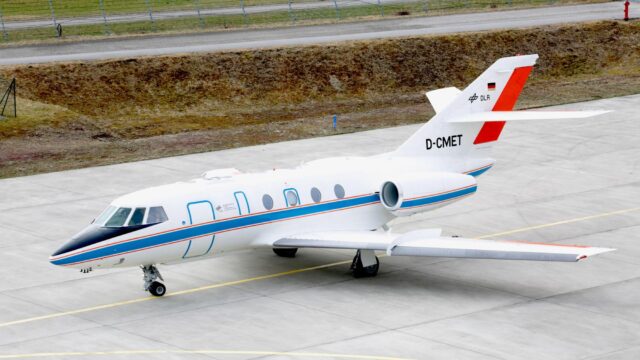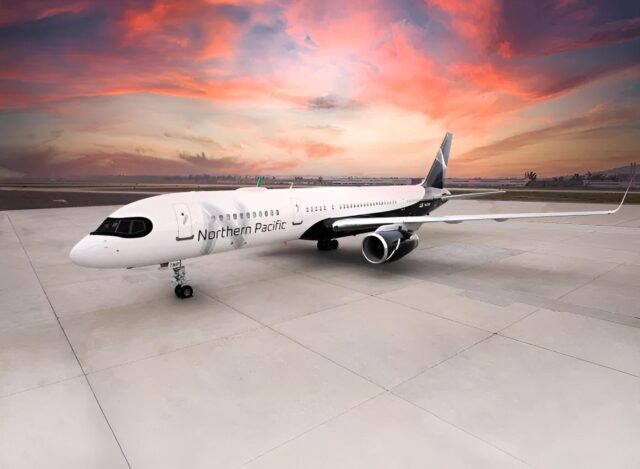Sharjah’s $65m business aviation bet: Gama Aviation prepares to open its biggest FBO yet

November 27, 2025
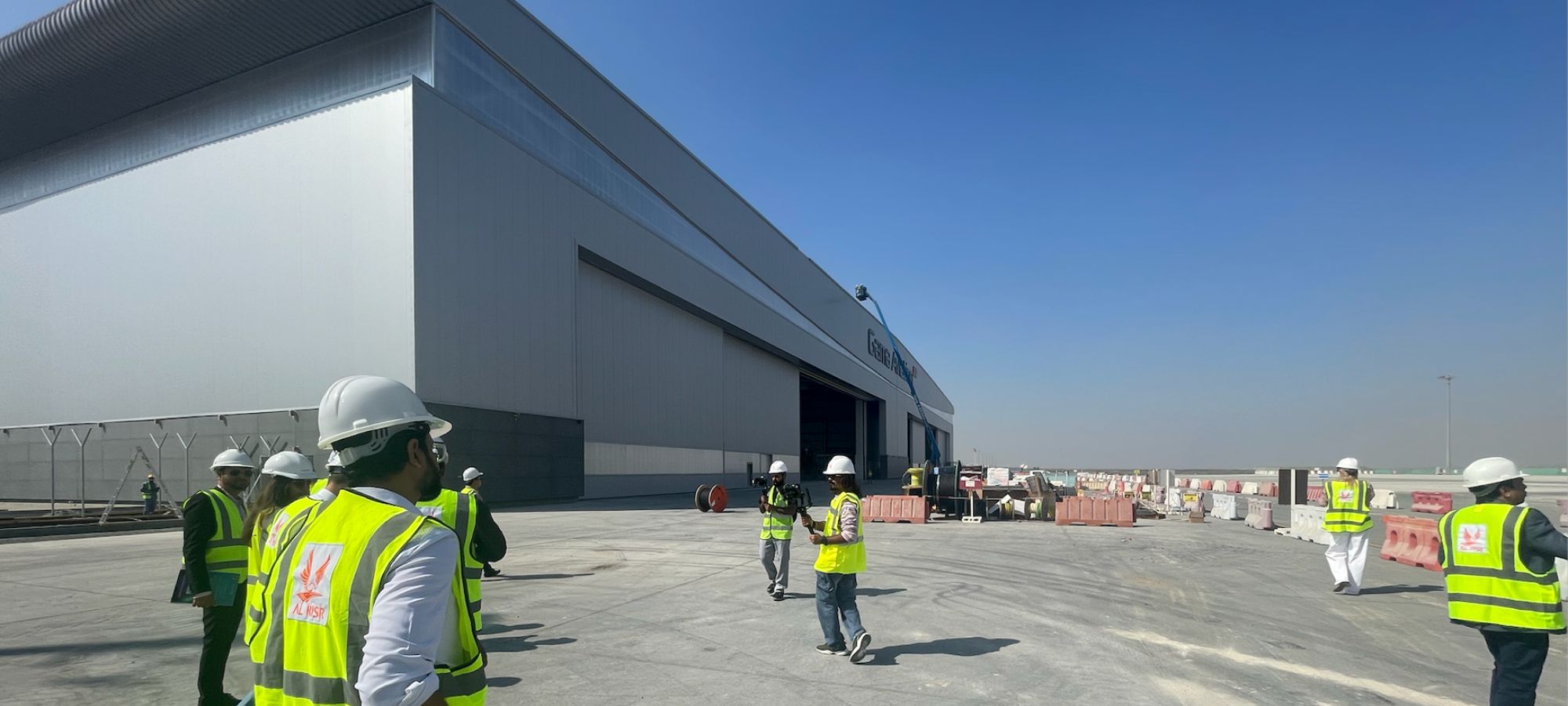
Business is set to boom for Gama Aviation as it gears up for the January opening of its expansive FBO facility at Sharjah International Airport.
As 2025 draws to a close, construction is progressing rapidly at Gama Aviation’s Business Aviation Centre (BAC) in Sharjah, which is poised to elevate the emirate’s status in the region’s business aviation landscape.

Scheduled to open on 15 January 2026, the expansive 80,000 sqm facility will feature a 36,000 sqm aircraft parking apron, 2,000 sqm FBO, a 12,000 sqm fully air-conditioned hangar and a dedicated helipad.
Sharjah positioned as a strategic alternative to Dubai
With Dubai International Airport (DXB) planning to transfer operations to Dubai World Central (DWC) by 2035, Gama Aviation’s investment in its new Business Aviation Centre (BAC) comes at a pivotal moment. Sharjah, which is also the primary hub for Air Arabia, is positioning itself as a prime business aviation gateway, particularly for those seeking access to downtown Dubai.
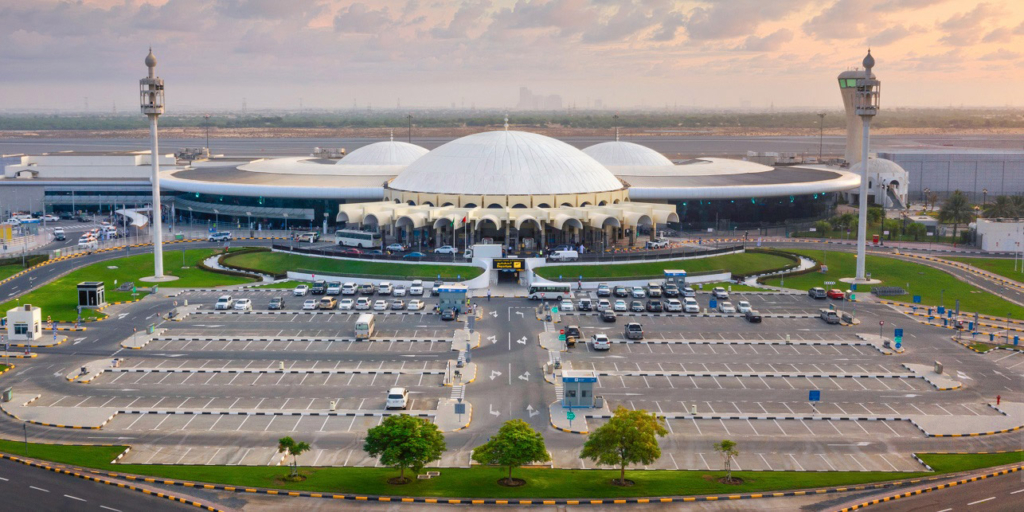
“The proposed closure of DXB has been a major factor in developing this facility,” says Tom Murphy, managing director, FBO Services, Gama Aviation. Speaking to Aerospace Global News from the development in Sharjah, he explains that “once DXB closes and DWC opens, there will be only one alternative option for business jet operators.”
“Big airports like DWC, which the Dubai authorities plan on being the biggest in the world, don’t lend themselves to accommodating business jet operations.”
Sharjah’s business aviation boom
With the consolidation of DWC still a few years off, Sharjah is already experiencing remarkable growth in terms of business aviation traffic. Last year was Gama’s busiest year on record at its UAE facility. In 2025 so far, traffic is already up 50% year-on-year, while passenger volumes have increased 30%, reveals Murphy. “This is all great momentum for the development of our new facility.”

Gama first began operations in Sharjah in 2012, but capacity constraints, particularly a lack of hangar space, forced operators to be turned away. “This demand and the lack of capability that we’ve had in terms of infrastructure have led to our purpose-built facility,” says Murphy. “It represents a $65 million investment, the biggest in Gama Aviation’s history.”
Key operational advantages: speed, space and efficiency
Murphy highlights operational efficiencies among Sharjah’s biggest draws. Unlike some neighbouring hubs, Sharjah benefits from uncongested airspace, zero slot restrictions and minimal holding patterns. “Aircraft can arrive and depart without delay,” emphasises Murphy.
He also notes that taxi times today are typically six minutes from apron parking to the runway, but once the new facility is complete, these will be reduced to just 90 seconds.
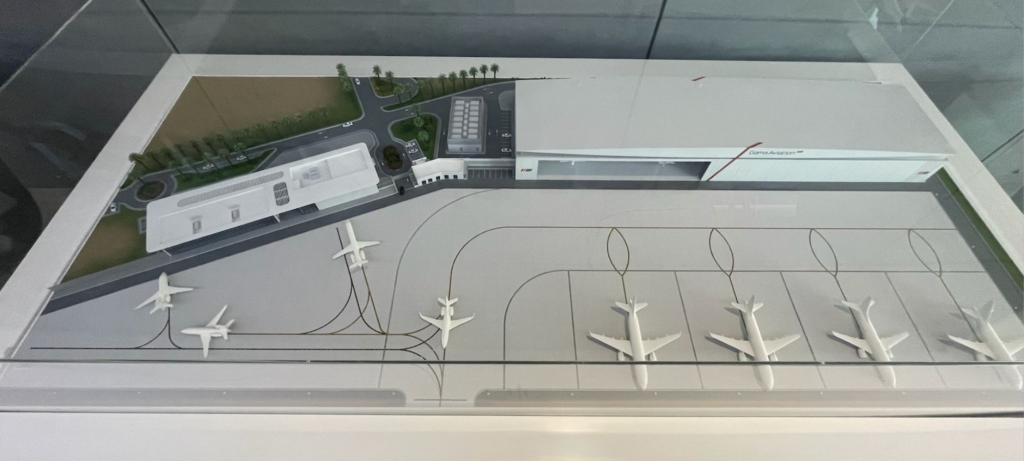
“Our operations have been quite fragmented,” Murphy admits. “But once everything is under one roof, so to speak, and the whole facility conveniently located adjacent to the runway, we will deliver a seamless experience for clients with our centre dedicated to business jet activity.”
A purpose-built luxury facility
Taking Aerospace Global News on a hard hat tour of the works in progress, Murphy explains that just 15 months ago, the site was nothing but uneven desert.
“Today, the site serves as a showcase of modern aviation infrastructure,” he said. “The state-of-the-art hangar, which can accommodate up to 20 aircraft, including large private jets such as Airbus ACJs and Boeing BBJs, will be complemented by the FBO terminal, which has been designed with a high-end, luxury aesthetic.”
Acknowledging that the UAE has set the global benchmark for FBO, Murphy says the opening of Gama’s new FBO is an opportunity to compete on a level playing field in the region and deliver on client expectations “that are extremely high in this region.”
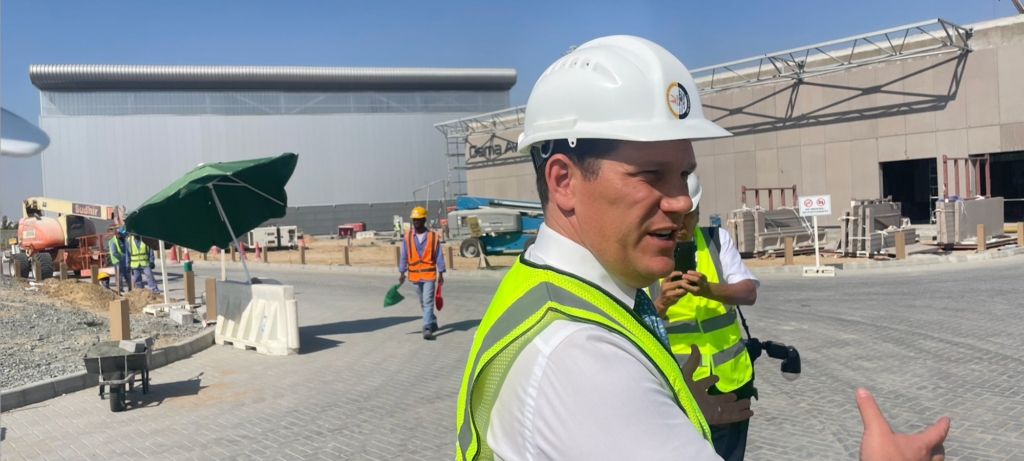
The terminal’s lounge will feature three distinct areas: a relaxation area, a central luxury lounge and an observation food and beverage area. All three areas will overlook the apron. There are also separate private lounge spaces, a cigar lounge, conference facilities, a crew lounge with three sleep rooms and crew showers. Meanwhile, the entrance lobby features a wide open space and high ceilings facilitated by a double atrium.
“What we’ve done with this project is develop something that enhances and adds to the existing USPs in Sharjah in a luxury environment.”
All ground handling and MRO services will be provided in-house. The BAC also includes a self-manoeuvring apron, dedicated fuelling (Gama’s facility will be the only FBO in the UAE providing in-house fuelling services, according to Murphy), as well as 24/ 7 on-site customs and immigration facilities.
The human touch: Red Thread Academy experience
Evie Freeman, group director of client experience at Gama Aviation, underlines that the client experience goes beyond the physical infrastructure.
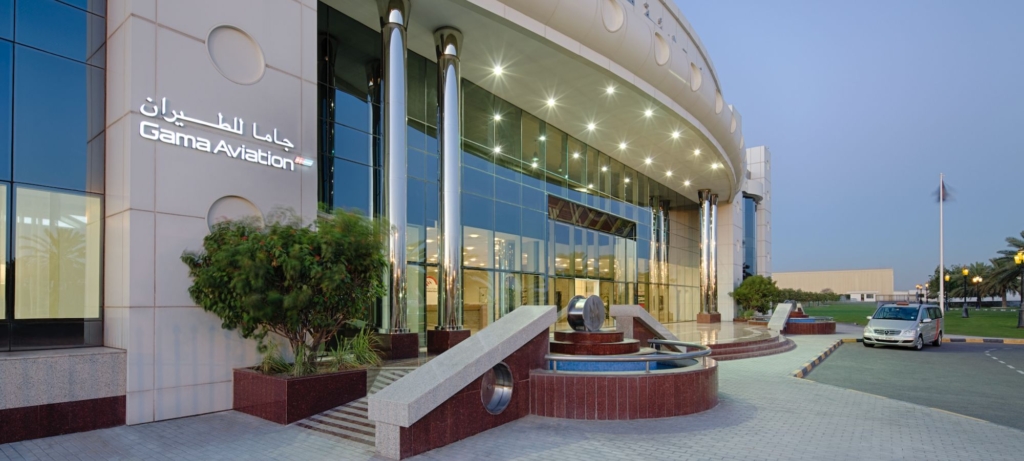
“Everyone stepping inside our facility must feel our brand,” she says, explaining it’s not just those travelling in the back of the aircraft that need to benefit from the Gama experience. “It’s also the crew and suppliers.”
Freeman highlights Gama Aviation’s Red Thread Academy, a training programme designed to embed client focus, personalisation and cultural awareness across the team – from reception, HR and finance to leadership.
“By the time we open in January, we will be absolutely ready, not just in terms of infrastructure but also with the guest experience.”
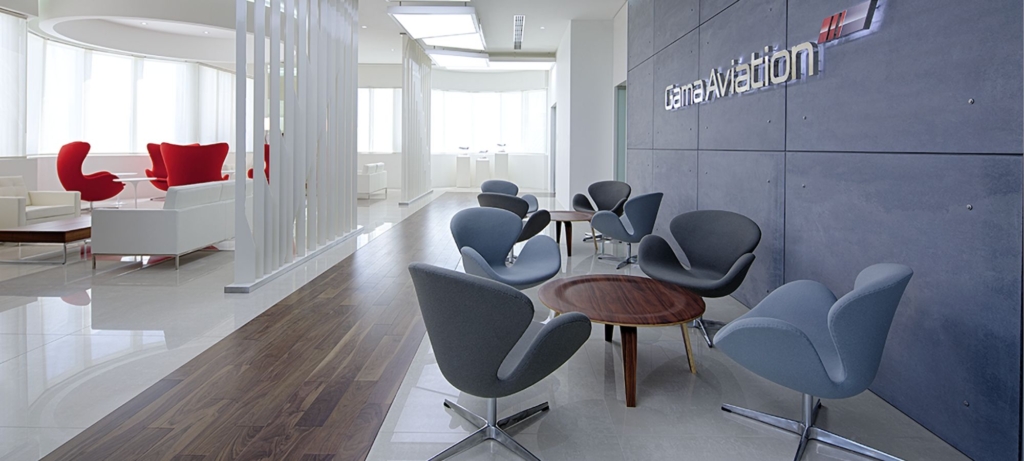
Sharjah’s next chapter in the UAE’s aviation story
As the “birthplace of aviation” in the UAE, with the first airport built in 1932, Sharjah is now emerging as a hub for business aviation excellence.
“Sharjah is ideally situated to provide a bridge between the northern emirates with Ras Al Khaimah, where there is also large-scale development happening, to downtown Dubai, which is just a 30-minute drive away,” concludes Murphy.
“This project goes beyond infrastructure; it’s enabling a new chapter of business aviation in the UAE. We’ve proven the concept, and that demand is there, over the last decade. Now it’s time to go to the next level.”


